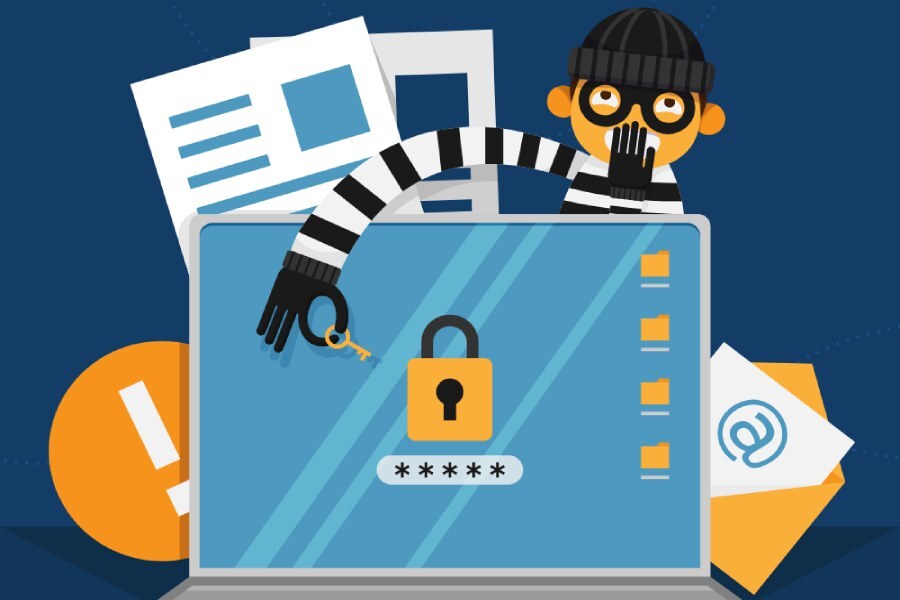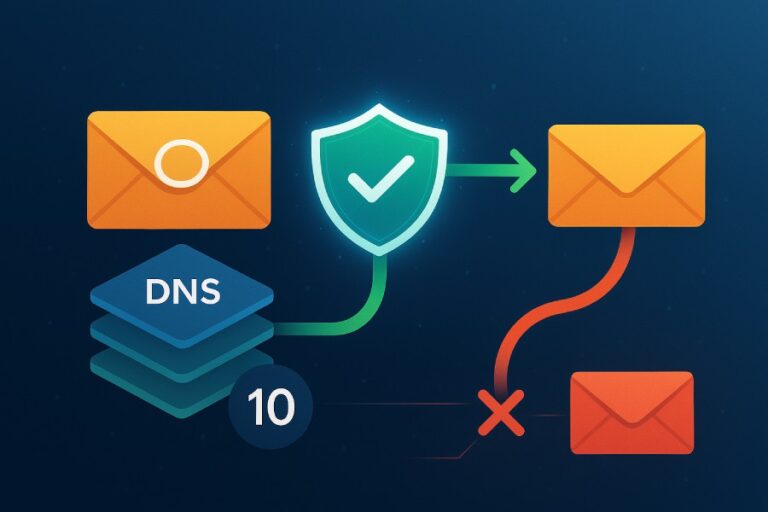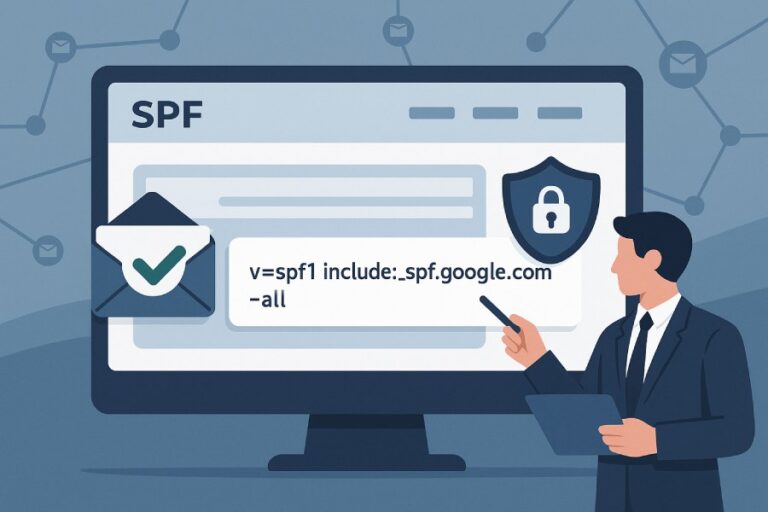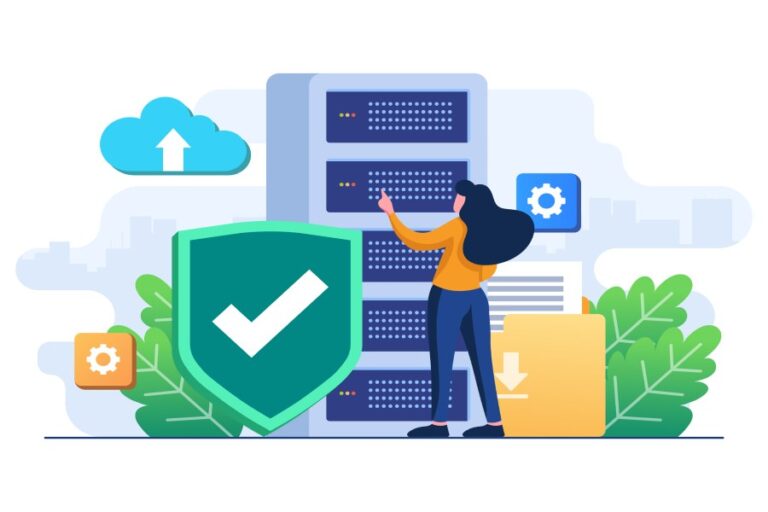Vendor Email Compromise (VEC) or financial supply chain compromise is a type of threat attack where cybercrooks spoof or impersonate the email account of a trusted vendor to deceive customers or employees. They receive malicious emails in their inbox. These emails often try to convince the email recipients to share sensitive details, send money, or take certain actions that can be beneficial for the threat actors. VEC attacks can easily evade cybersecurity filters, thereby affecting the supply chain trust and leading to monetary and reputational losses.
This blog aims to explore how VEC works, why it is dangerous and how you can protect your business from potential VEC attacks. Cybersecurity employee training, proper AutoSPF configuration, and awareness of Vendor Email Compromise (VEC) are vital steps to safeguard your business from email-based threats.
Why is VEC an emerging threat in 2025?
VEC attacks are highly threatening to the economy because:
Supply chain dependence
Businesses are increasingly relying on third-party vendors to manage their day-to-day operations.

Sophisticated social engineering tactics
Cybercrooks have learnt how to mimic tone, language, and even signatures, leading to high success rates.
Trust factor
Customers often don’t question the legitimacy of the emails that seem to be coming from trusted and reputable vendors.
Delayed detection
VEC attacks are quite difficult to detect as traditional detection methods are inadequate.
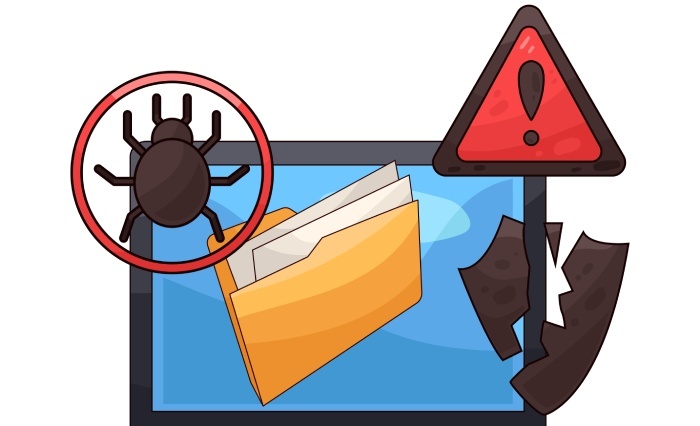
How does the VEC attack work?
Here’s how a VEC attack aims to exploit your organization:
- Cyberattackers either use brute force or sophisticated social engineering tactics to target the email accounts of a trusted vendor.
- Then these compromised email accounts are used to send malicious emails to customers or the employees of the organization.
- These fake emails can ask recipients to download malicious files, request money, or provide other sensitive information.
- These kinds of cyberattacks are designed to completely damage the vendor’s credibility.
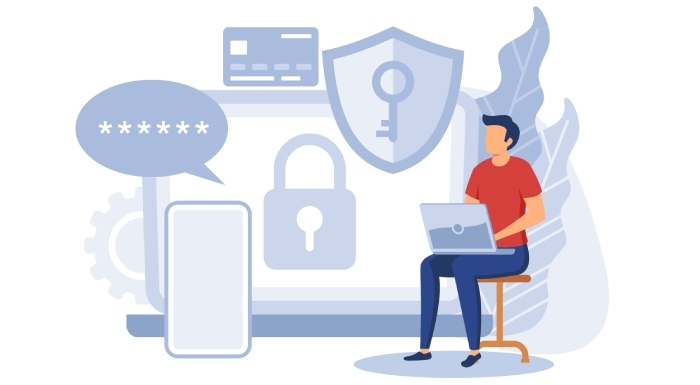
Why are traditional defense mechanisms not enough against VEC attacks?
Outdated authentication checks offer zero to little protection against Vendor Email Compromise attacks. That’s exactly why small and medium-sized businesses fall prey to VEC attacks more easily than large organizations, which spend well on advanced cybersecurity practices.
Lack of a robust email authentication infrastructure
If your business email communication system is not protected by SPF, DKIM, and DMARC, there is a high probability that your emails will be compromised by VEC attacks.
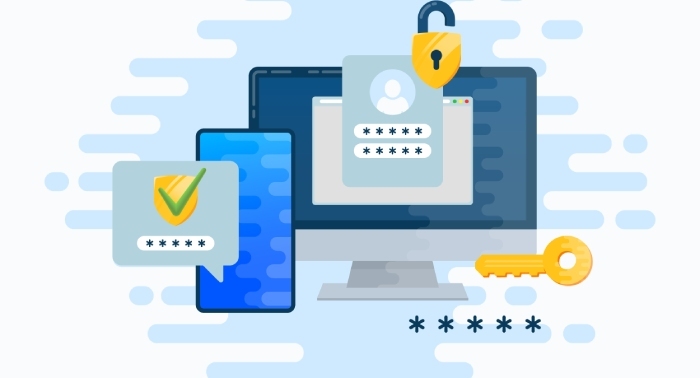
Basic spam filters
The basic spam filters you have been using can easily miss well-crafted and polished emails backed by Generative AI.
Too much dependence on the vendor’s reputation
If you rely too heavily on a vendor’s reputation and overlook potential cyber risks, you can easily expose yourself and your customers to VEC attacks.
How to protect your business against VEC attacks?
Here’s how you can safeguard your business from VEC attacks by following best cybersecurity practices:
Deploy advanced email authentication protocols.
Advanced email authentication protocols help minimize the risk of VEC attacks. SPF ensures that the incoming emails are sent by authorized IP addresses. Meanwhile, DKIM prevents the risk of the email content being tampered with. DMARC, on the other hand, instructs the recipient servers on how to handle emails that fail authentication checks.
Practice vendor risk management
Develop a system to identify and mitigate third-party risks. You need to be well-versed in the security mechanisms of your vendor. You should be able to anticipate risks and have proper visibility and insights into the security setups of your vendor. There are multiple vendor risk management software options available that you can use to enhance your cyber safety.
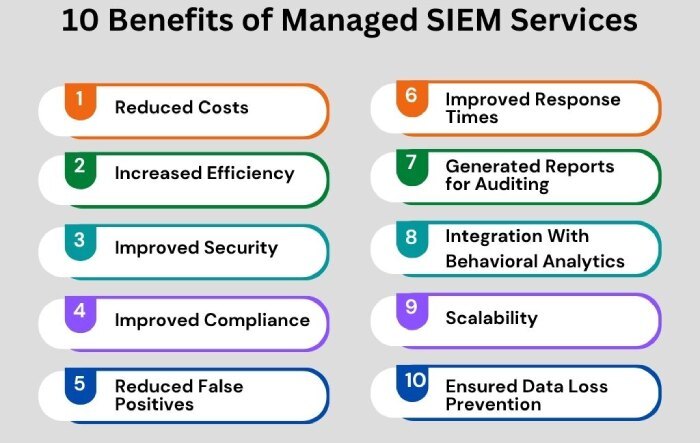
Closely track inboxes and user activity
Utilize the right email monitoring tools and SIEM (Security Information and Event Management) systems to detect and respond to VEC attacks promptly.
Set up intricate security mechanisms
Maintaining cybersecurity hygiene is a complete non-negotiable. You should also conduct regular employee awareness programs to spread awareness against potential VEC attacks. The training sessions should focus on indicators that help your team identify risks associated with VEC attacks.
Implement MFA or Multi-Factor Authentication
Deploy MFA for all users, particularly those who manage financial transactions and have access to sensitive information. MFA ensures that, in the event the credentials are compromised, cybercriminals still can’t gain access without the second verification factor.
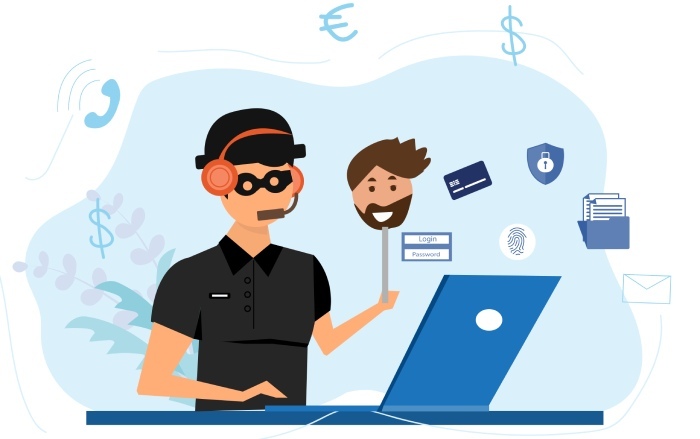
Double-check payment requests
Whenever your team is about to process any payment requests, ensure that they confirm the requests using a secondary channel, such as phone calls. By making a call to a known number, they can verify the authenticity of the payment requests.
Give limited access
Place a limit on the number of people authorized to process payments. There must be a streamlined approval process, as well as role-based access controls.
Wrapping up!
VEC is no longer just an IT issue. Rather, it’s a huge business risk. The degree of risk increases every time you connect with a new vendor. The only way out is to establish proactive cybersecurity policies, create a layered email protection system, and conduct dedicated employee training programs.
